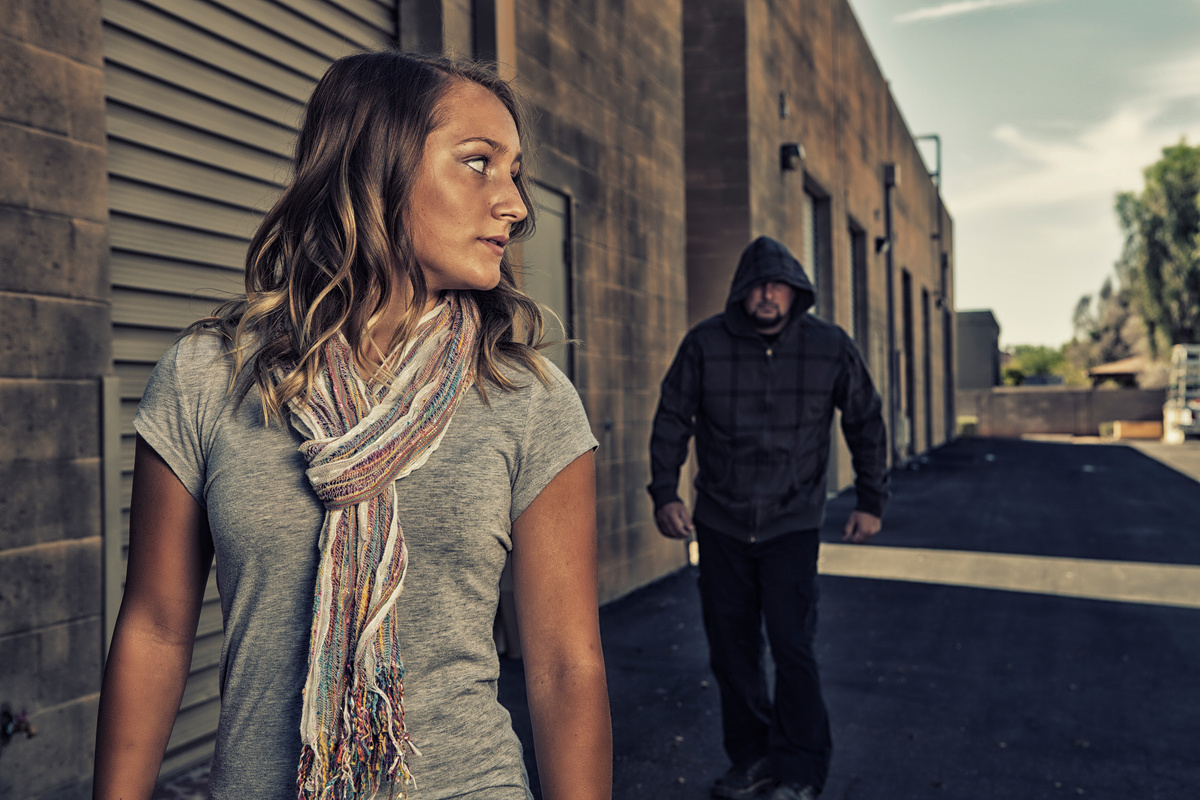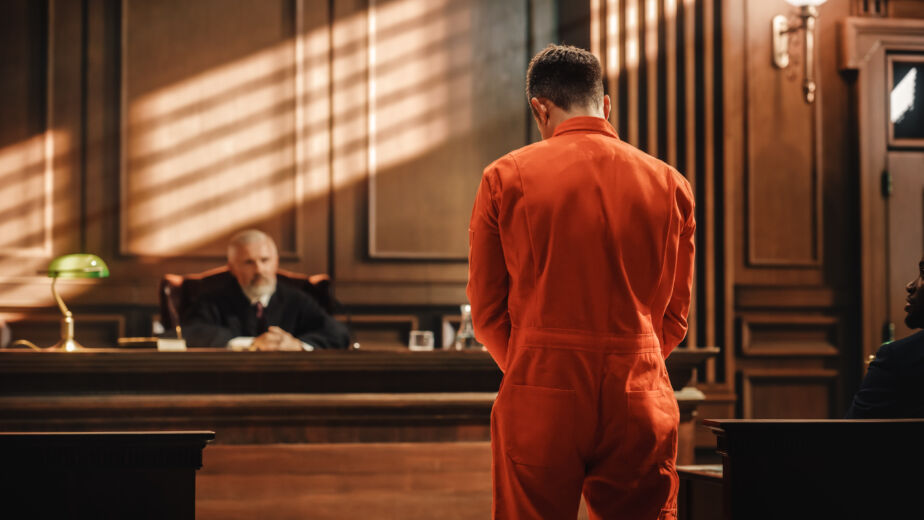🧭 Finding Your Bearings When Seconds Matter
Moments of danger rarely arrive with a roadmap. Minnesota’s self-defense law gives people a lawful path to protect themselves and others—but the path has rules. This guide charts the core standards, common pitfalls, and how a strategic defense can help you keep clarity and control in the legal aftermath.
Many people ask themselves:
“I was scared. I acted to stop the threat. Did I do the right thing—legally?”
⚖️ What Counts as Self-Defense in Minnesota?
Self-defense (a “justification” defense) allows you to use reasonable force to stop an unlawful threat. Deadly force—force capable of causing death or great bodily harm—has stricter limits.
At a high level, Minnesota self-defense requires that:
You weren’t the aggressor (or clearly withdrew before using force).
You actually believed you or another faced imminent harm.
That belief was reasonable under the circumstances.
For deadly force, retreat was not reasonably possible—except inside your own home (the “castle” rule).
Your force matched the threat (proportionality).
Minnesota also recognizes defense of others and defense of dwelling. The details matter, but the compass stays the same: imminent threat, reasonable belief, proportional response.
🔎 Key Concepts
Non-Deadly vs. Deadly Force
Non-deadly force may be used to resist or prevent an offense when reasonably necessary.
Deadly force is lawful only to prevent death or great bodily harm—or to stop a felony in your abode (your home).
Duty to Retreat (Outside the Home)
Minnesota generally requires retreat if you can do so safely before using deadly force in public. Inside your dwelling, no duty to retreat applies.Defense of Others
If another person would be justified in using force to protect themselves, you may step in—subject to the same reasonableness and proportionality rules.Initial Aggressor & Escalation
Starting or escalating the fight can forfeit a self-defense claim unless you clearly withdraw and the other party continues the unlawful aggression.
🔍 Common Scenarios Where Self-Defense Arises
Parking-lot confrontations that escalate quickly.
Home intrusions or forced entries.
Domestic disputes involving conflicting accounts of who threatened whom.
Third-party defense, like stepping between a victim and an assailant.
Firearm-related incidents, including defensive display or discharge.
Each scenario turns on facts: who did what, when, and why. Your path to acquittal is charted with evidence—911 calls, surveillance, medical records, scene photos, expert analysis, and credible witnesses.
🧾 What to Expect in Court
If you assert self-defense, the judge and jury will evaluate whether your actions were justified. Expect a meticulous on-the-record exploration of:
-
Immediacy and severity of the threat you perceived.
-
Opportunities to retreat (outside the home) and why they weren’t safe or feasible.
-
Proportionality between the threat and your response.
-
Your role—aggressor, mutual combatant, or defender.
-
Post-incident conduct (calling 911, cooperating, seeking medical help).
⚖️
Important: Self-defense is not a shortcut. It’s a structured legal justification that demands precise facts, consistent testimony, and a defense team that can guide the court through the fog.
🔐 Strategic Defense Options and Why Representation Matters
We build a defense anchored in reasonableness and reality:
Early Evidence Preservation
Secure video, 911 audio, digital messages, scene diagrams, EDR/telematics (if vehicles involved), and medical documentation.Forensic & Use-of-Force Analysis
Trajectory work, timing, distance, injury mechanics, and human-factors (stress, perception, reaction time).Narrative Clarity
A clean, consistent sequence—threat cues → split-second decisions → why retreat wasn’t safe (if deadly force outside home) → proportional response → immediate aftermath.Pretrial Motions & Instructions
Tailored jury-instruction requests on self-defense, defense of others, defense of dwelling, and burden allocation; motions to exclude unfairly prejudicial evidence.Parallel Risk Management
Advising on collateral issues (carry permits, firearms seizures, protective orders) to keep your broader legal journey steady.⚖️
Important: A self-defense claim lives or dies on details. We act as your compass—organizing evidence, preparing testimony, and anticipating prosecutorial angles. Our focus is to give you clarity, confidence, and control at every waypoint: investigation, charging decisions, negotiations, and trial..
📌 Related Services
Criminal Defense in Minnesota
Gun Rights Restoration
Permit-to-Carry Appeals
Frequently Asked Questions about Self-Defense in Minnesota
Do I have to retreat?
Outside the home: If you can safely retreat before using deadly force, Minnesota expects you to do so.
Inside your home: No duty to retreat.
Can I defend someone else?
Yes—if that person would be justified in using force for themselves and your belief in the need to act is reasonable.
What about “warning shots” or “brandishing”?
Discharging a firearm or threatening with one can create separate criminal exposure if not justified. Proportionality and necessity still rule the day.
Can I use force to protect property?
You can use reasonable non-deadly force to prevent certain crimes against property. Deadly force is reserved for preventing death/great bodily harm—or a felony in your dwelling.
How do police and prosecutors evaluate my case?
They’ll look for inconsistencies, opportunities to retreat, proportionality, and whether you escalated the encounter. Early counsel helps ensure your account aligns with physical evidence.
Should I talk to police right away?
Call 911, report the incident, request medical aid if needed, and ask for an attorney before detailed questioning. We help you provide essential information without jeopardizing your defense.
🧭 Navigating the Path Forward
At Rob Doar Law, we know that legal uncertainty is real—but you don’t have to navigate it alone.
Let us help you find your bearings, explore your legal options, and chart a path forward with confidence. We’re here to anchor your strategy when the legal waters get rough.



